When the Copa Libertadores ruled the world, allowing South America to take on Europe's greatest-ever teams - and win
Ahead of this weekend's much-anticipated finale, Miguel Delaney reflects on a time when South America's answer to the European Cup boasted the best footballers on the planet

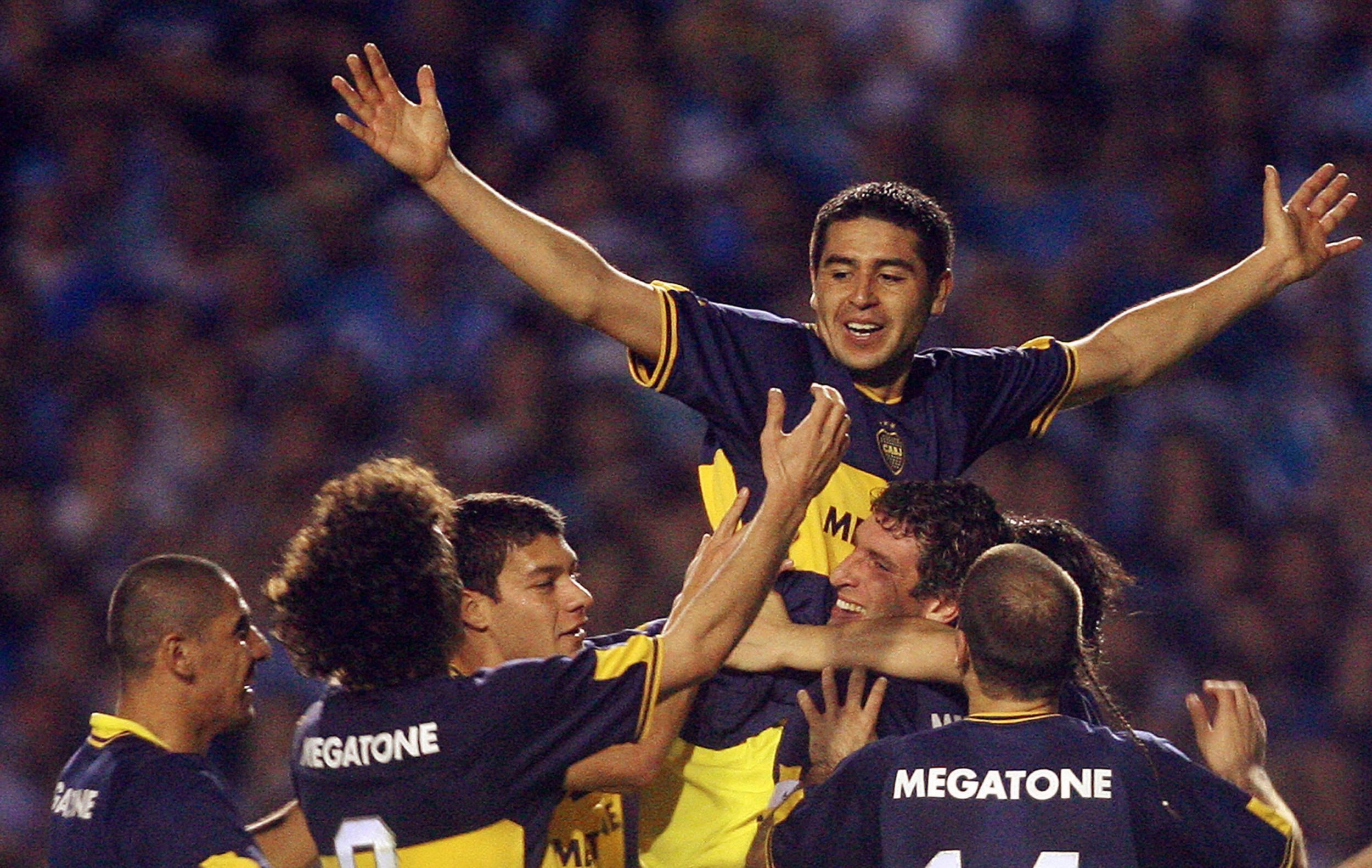
Your support helps us to tell the story
From reproductive rights to climate change to Big Tech, The Independent is on the ground when the story is developing. Whether it's investigating the financials of Elon Musk's pro-Trump PAC or producing our latest documentary, 'The A Word', which shines a light on the American women fighting for reproductive rights, we know how important it is to parse out the facts from the messaging.
At such a critical moment in US history, we need reporters on the ground. Your donation allows us to keep sending journalists to speak to both sides of the story.
The Independent is trusted by Americans across the entire political spectrum. And unlike many other quality news outlets, we choose not to lock Americans out of our reporting and analysis with paywalls. We believe quality journalism should be available to everyone, paid for by those who can afford it.
Your support makes all the difference.It was a moment, you might say, when the world was turned on its head.
One particularly famous Barcelona player couldn’t but turn his head. It was the 1992 Intercontinental Cup in Tokyo and the Catalans didn’t just arrive as the new European champions, but as the recently-anointed ‘Dream Team’, such was the exquisite quality of their football under Johan Cruyff. Sao Paulo’s Rai - the brilliant playmaker brother of the late Socrates - realised that an early statement was needed. But not in the aggressive manner so often associated with that fixture.
“The ball bounced and I pulled off a fantastic chaleira to get past my marker,” Rai said in his book, using the Brazilian term for a spectacular overhead heel flick. “I did it as I wanted the other players to think ‘if a no-nonsense player like Rai is doing something like that, then we can too’.”
And the marker?
“I’d forgotten the victim of that exquisite chaleira was none other than Pep Guardiola.”
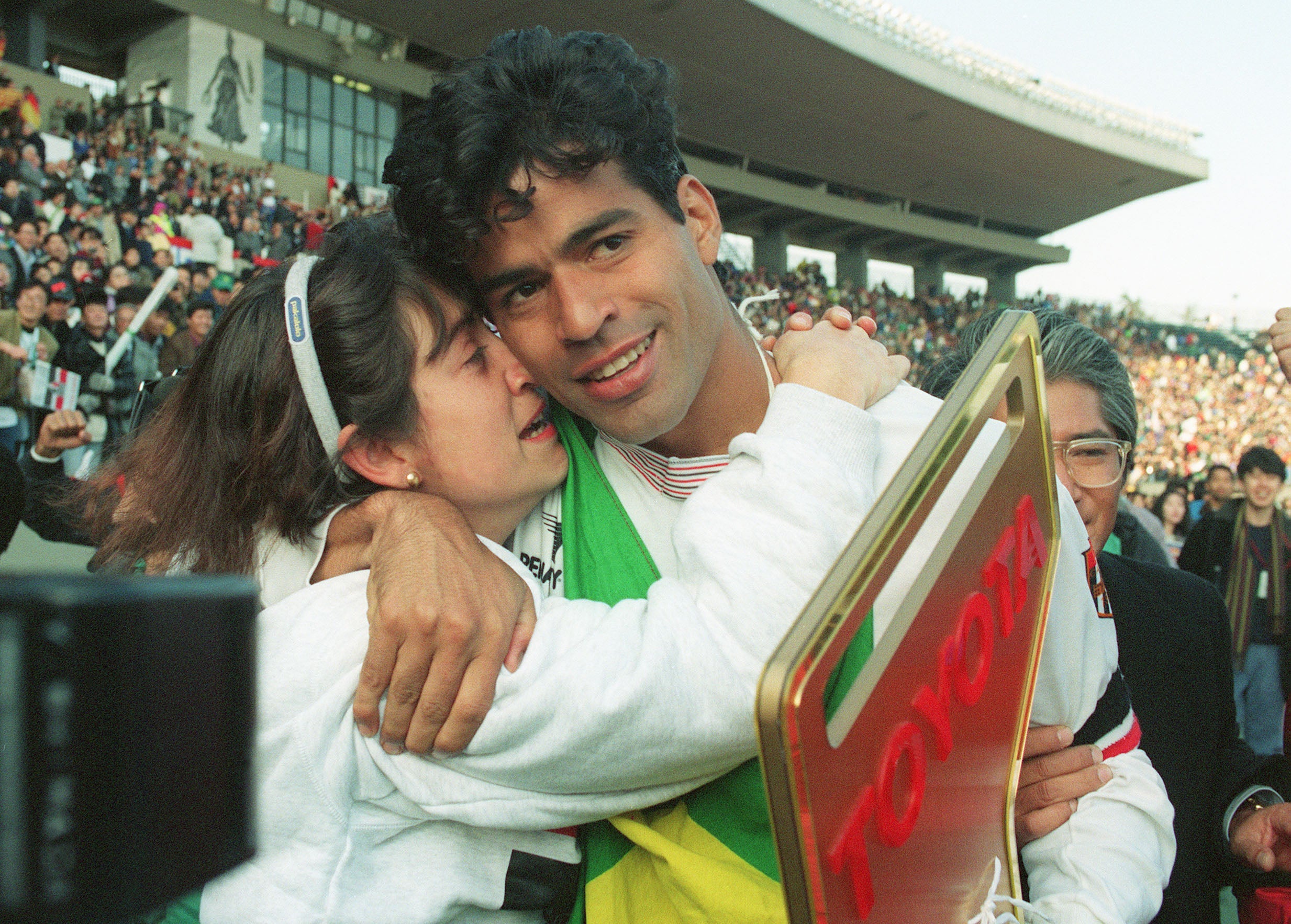
Rai, who also won the 1994 World Cup with Brazil, ensured his club team also claimed a world title as he scored twice for Sao Paulo to come back from Hristo Stoichkov's early goal. Barcelona just couldn’t live with him.
“It was a bit like Romario in 1993-94,” Rai explained. “Everyone knows the youngster is on fire, even the opposition, but they still can’t stop him deciding games… it was my time.”
It was far from the only time that a huge European star had been embarrassed in this fixture by a Copa Libertadores winner just performing at a higher level. It was really a different time for the game. These were the days when the Libertadores ruled the world, when South American club football had a very strong claim to be the true pinnacle of the sport.
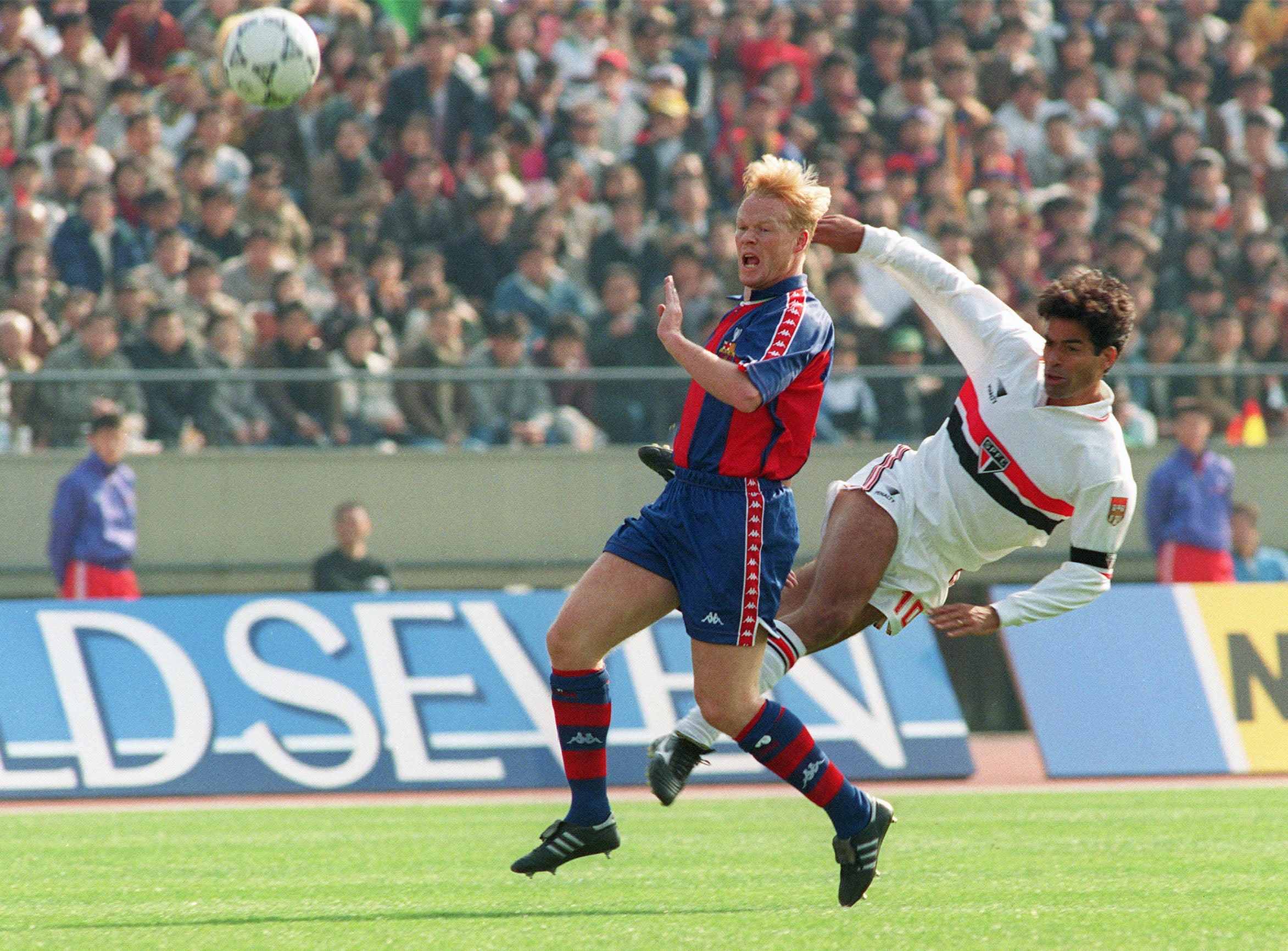
Because, as the eyes of the world turn back to the competition for Saturday’s momentous final showdown between Boca Juniors and River Plate, it’s impossible not to notice the relatively low level of the names lining up. Potential champions like Dario Benedetto, Lucas Pratto and Mauro Zarate just don’t compare to the following: Pele hitting five goals for Santos against Benfica in 1962 and nutmegging Eusebio for one; Flamengo’s Zico utterly humiliating Graeme Souness and Liverpool in 1981; Ecuadorian legend Alberto Spencer - a figure with a genuine argument to be the most underrated in football history - destroying both Benfica and Real Madrid with Penarol in the 1960s; Juan Roman Riquelme and Martin Palermo humbling Madrid’s Galacticos at the turn of the millennium.
The list just goes on, a who’s who of South American football. And while the eventual meeting between the winners of the European Cup and Copa Libertadores became infamous for notoriously violent clashes in the 1960s - particularly Celtic vs Racing and Estudiantes vs Manchester United - what really characterised them was the football beatings doled out by the South American sides rather than the physical beatings.
It was a very different football world, because it was a very different world. The best players largely stayed in South America because there weren’t the same financial differences, because globalisation hadn’t become so profound an influence - and also because of the political make-up of the states.
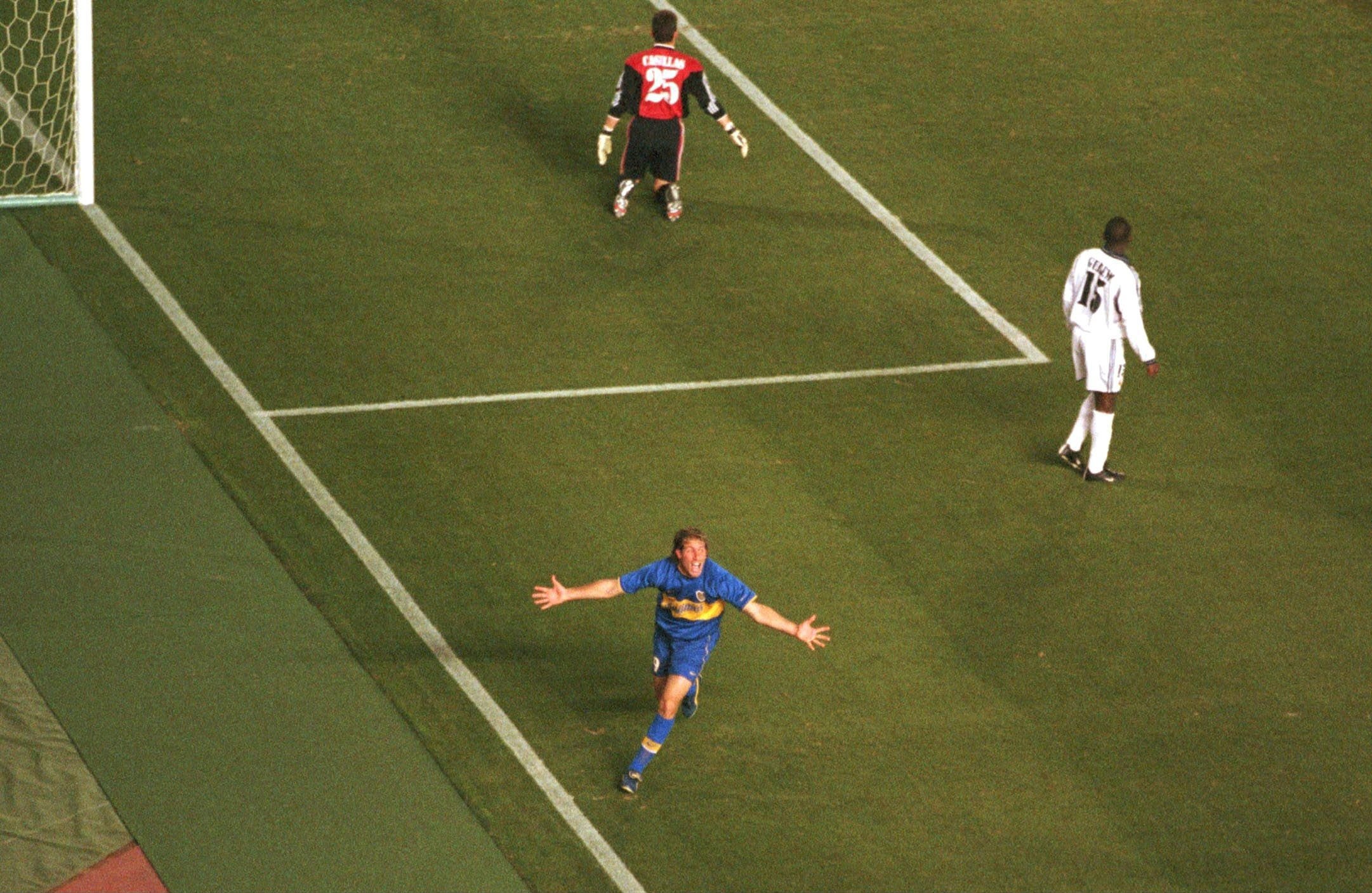
The governments of Brazil and authoritarian Argentina both stepped in to prohibit players going abroad, with Pele the most famous subject of this. As offers came in like Juventus’ willingness to afford the star a stake in Fiat, the unpopular president Janio Quadros realised the damage that could be done by allowing the player seen as most responsible for the country’s cathartic 1958 World Cup to leave. A bill was pushed through naming Pele as a “national treasure”, meaning he couldn’t play for anyone but Brazilian teams. It was never revised. No one could touch Pele. In more than one sense.
When Santos beat defending champions Penarol to win their first Libertadores in 1962, their subsequent meeting with Benfica wasn’t just seen as a battle to be the best team in the world, but to crown the best player in the world: Pele or Eusebio. It was no contest. Pele didn’t just better Eusebio in goals by scoring five across an 8-4 aggregate win - including a 5-2 win in Lisbon - he directly humiliated him when they went up against each other. For his hat-trick goal, Pele weaved one way, before going the other and sticking it through Eusebio’s legs to then beat three more players. The Stadium of Light crowd stood in applause, with goalkeeper Costa Pereira saying he went away “convinced I had been undone by someone who was not born on the same planet as the rest of us”.
Rai’s chaleira over Guardiola, then, was part of quite a symbolic line.
Zico was so divinely devastating in Flamengo’s 3-0 win over Liverpool in 1981 that Souness couldn’t even foul him.
“I wanted to see how he would react to a physical challenge,” the Scot said later, “but I couldn’t get close.”
Liverpool were dominating their own continent at that point, in the process of winning four European Cups in eight years, but looked a level behind the Libertadores winners. A stunned Bob Paisley admitted that his side needed three touches for every one by the Brazilians. “We were beaten by a better side with superior technique.”
Ray Kennedy went further. ”I just hope we don't face that lot again if we manage to retain the European Cup. They were brilliant and, on that surface, they held all the cards”.
The deck, however, was starting to change.
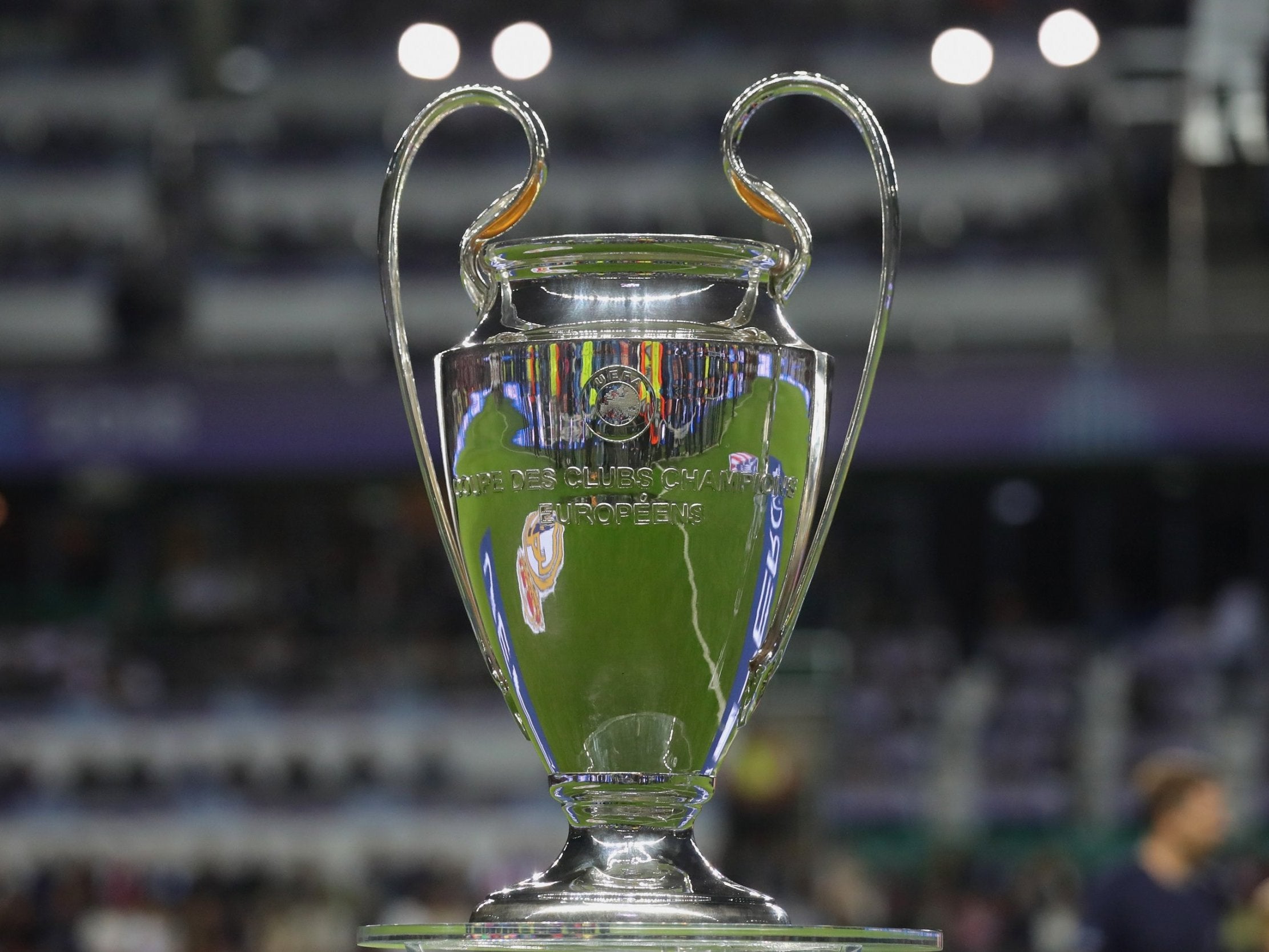
It is telling that, of the 26 South American victories in either the old Intercontinental Cup or new Fifa Club World Cup, 18 came before the 1992 foundation of the Champions League. The financial expansion of the European game was about to very quickly start taking in all of South America’s finest stars, and very quickly anyone remotely promising.
The last time a Libertadores victory over a Champions League side felt truly consequential was in 2000, when a Boca Juniors side led by Juan Roman Riquelme and Martin Palermo beat Real Madrid’s Galacticos 2-1. Even then, their great manager Carlos Bianchi - who made history winning three Libertadores with the club, and another with Velez Sarsfield - spoke of how “facing the European champions with their star-studded internationals and often-limitless financial clout is extremely motivating for us South Americans.”
Others put the contrast differently. When Bianchi won his first Libertadores with Velez in 1994, and then beat AC Milan 2-0, Silvio Berlusconi sourly described the Argentines as like a third-division side.
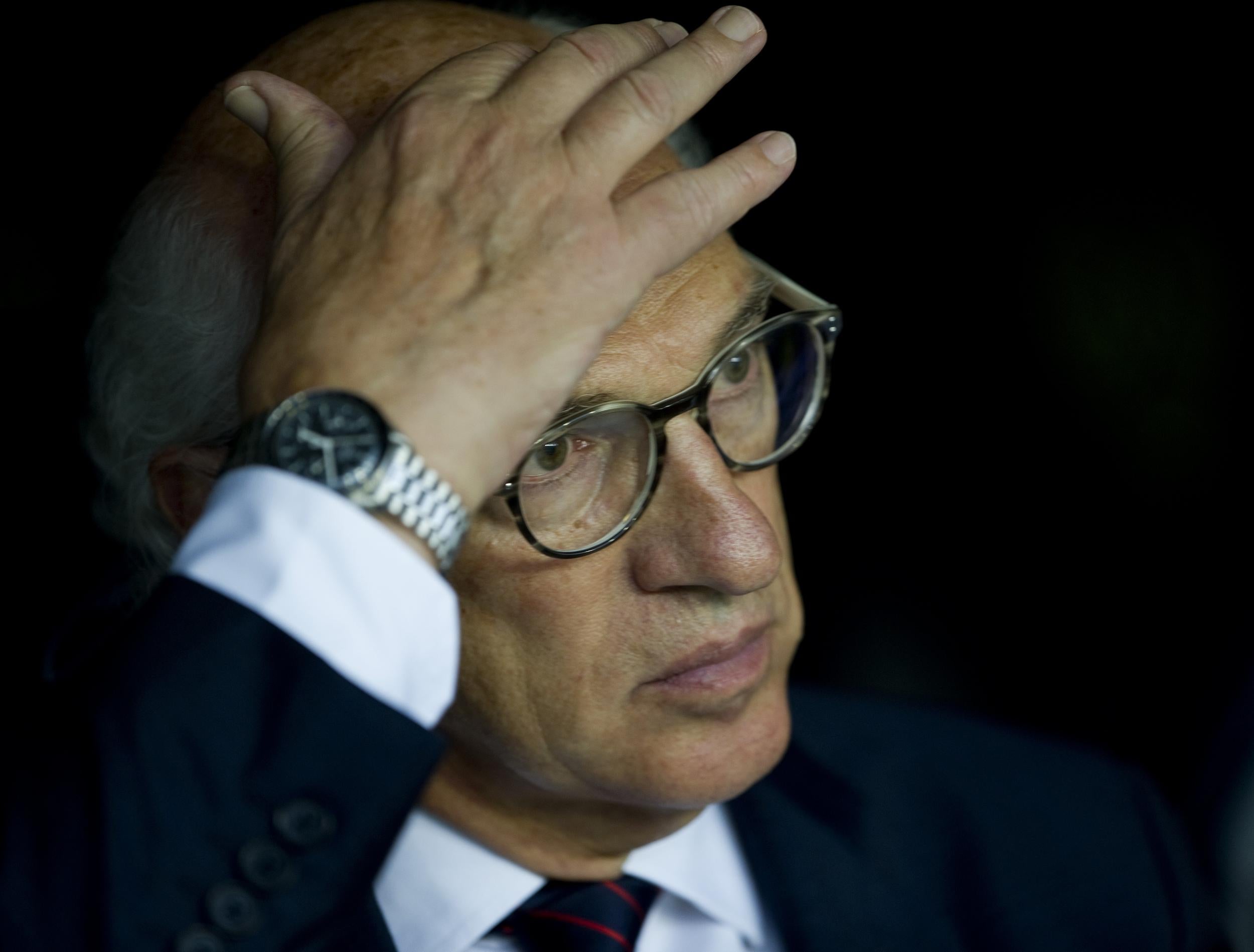
It was embittered, and exaggerated, but that was the direction things were going. The best player in that Velez side was probably Paraguayan goalkeeper Jose Luis Chilavert, and certainly the best known. There was nothing like a Pele or a Zico, or even a Ricardo Bochini, the hero of Diego Maradona who had been so supreme in winning the Libertadores with Independiente twice.
It was far removed from those days, and an increasingly far remove from Europe, where the players of that level all where.
Hence, the current Libertadores finalists are levels below the best Champions League sides. There is a poignancy to that, as just another pointer of how the competitive variety of the game has evaporated, how its wealth has become so concentrated.
The story of the Libertadores was for a long time that of the greatest stars. It is now the story of the game’s great change.
The world has been turned on its head.
Join our commenting forum
Join thought-provoking conversations, follow other Independent readers and see their replies
Comments